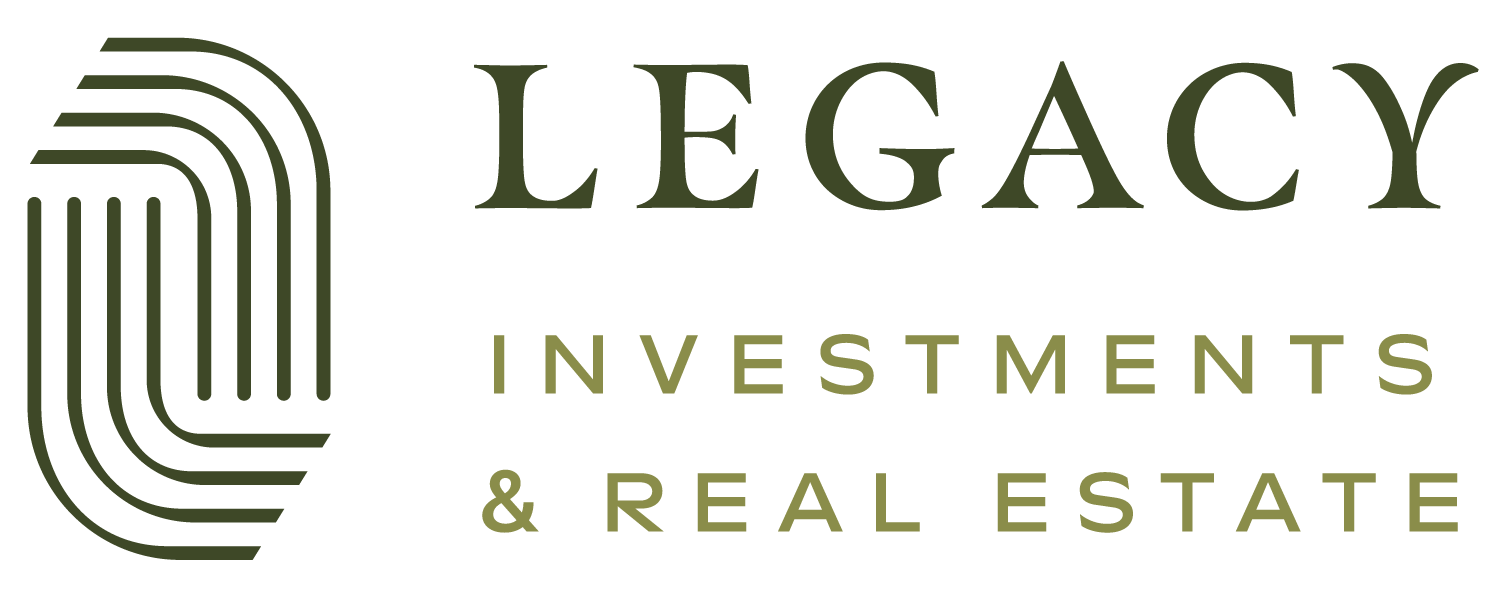Your 1031 Exchange Replacement Property Options
When evaluating replacement properties, you must consider the risk-reward ratio, the 45-day identification period, whether you must replace the debt from the relinquished property (and the time required to do that), and whether you are interested in managing your new property. In addition, you must consider whether or not the property could require additional capital expenditures in the future.
You have two options:
#1: Acquire properties that require management and frequent additional capital
Vacation Homes or Rental Homes
Pros:
Complete control of ongoing management and decision making
Cons:
As the owner, you can only occupy the property for 14 days per year or 10% of the number of days the property is rented out, whichever is greater
Hard to find and complete due diligence within 45-day identification period
Generally require additional investment for maintenance and repairs
Multi-Family, Multi-Tenant Office, Industrial, and Retail Properties
Pros:
Complete control of ongoing management and decision making
Cons:
Hard to find and complete due diligence within 45-day identification period
Require ongoing management
Require ongoing investment in maintenance, repairs, commissions, and tenant improvements
#2: Acquire management-free properties
Single-Tenant Absolute Triple Net Lease Properties (NNN)
Pros:
Strong guarantees from credit tenants
Potential monthly income
Tenant pays for all expenses in most cases
Cons:
Long-term value tied to length of term remaining on lease and current interest rates. As lease terms decrease and interest rates increase, values generally decline.
Investing all your proceeds into one property increases risk. You could have vacancy which necessitates leasing commissions and tenant improvement costs, loss of income while vacant and you’ll be out of pocket for taxes and insurance while vacant.
Institutional-Quality Properties via Delaware Statutory Trust (DST)
Pros:
Historically, investors have benefited with long-term, diversified real estate. You can diversify your proceeds among a number of DSTs to help reduce risk while it seeks to produce consistent monthly income potential.
DST properties are management-free. You own part of the property with other investors; the Trustee makes all management decisions.
You are never out-of-pocket for any additional expenses, including repairs, improvements, and commissions.
Cons:
DSTs are not liquid. You will need to hold your interest until the property or properties in the DST are sold, which is around 5-7 years on average.
Legacy Investments & Real Estate is your partner in passive real estate investment.
We are passionate in our pursuit to help every investor build their financial legacy by unlocking the power of passive real estate. Through custom strategies aligned to their unique goals and needs, we provide investors with the potential for all the benefits of real estate investing without the headaches of property management.
Ready for professional, tailored guidance on your passive real estate investment needs?
Other resources you might find helpful
Product images are for illustrative purposes only, however, they are representative of a type of asset a sponsor may strive to acquire.
This is for informational purposes only, does not constitute individual investment advice, and should not be relied upon as tax or legal advice. Please consult the appropriate professional regarding your individual circumstance.
Potential cash flows/returns/appreciation are not guaranteed and could be lower than anticipated.
Diversification does not guarantee a profit or protect against a loss in a declining market. It is a method used to help manage investment risk.
There are material risks associated with investing in DST properties and real estate securities including liquidity, tenant vacancies, general market conditions and competition, lack of operating history, interest rate risks, the risk of new supply coming to market and softening rental rates, general risks of owning/operating commercial and multifamily properties, short term leases associated with multi-family properties, financing risks, potential adverse tax consequences, general economic risks, development risks, long hold periods, and potential loss of the entire investment principal.
DST 1031 properties are only available to accredited investors (typically defined as having a $1 million net worth excluding primary residence or $200,000 income individually/$300,000 jointly of the last two years; or have an active Series 7, Series 82, or Series 65). Individuals holding a Series 66 do not fall under this definition) and accredited entities only. If you are unsure if you are an accredited investor and/or an accredited entity, please verify with your CPA and Attorney.
IRC Section 1031 is a complex tax concept; therefore, you should consult your legal or tax professional regarding the specifics of your individual situation.
bd-sb-r-a-1375-3-2025








